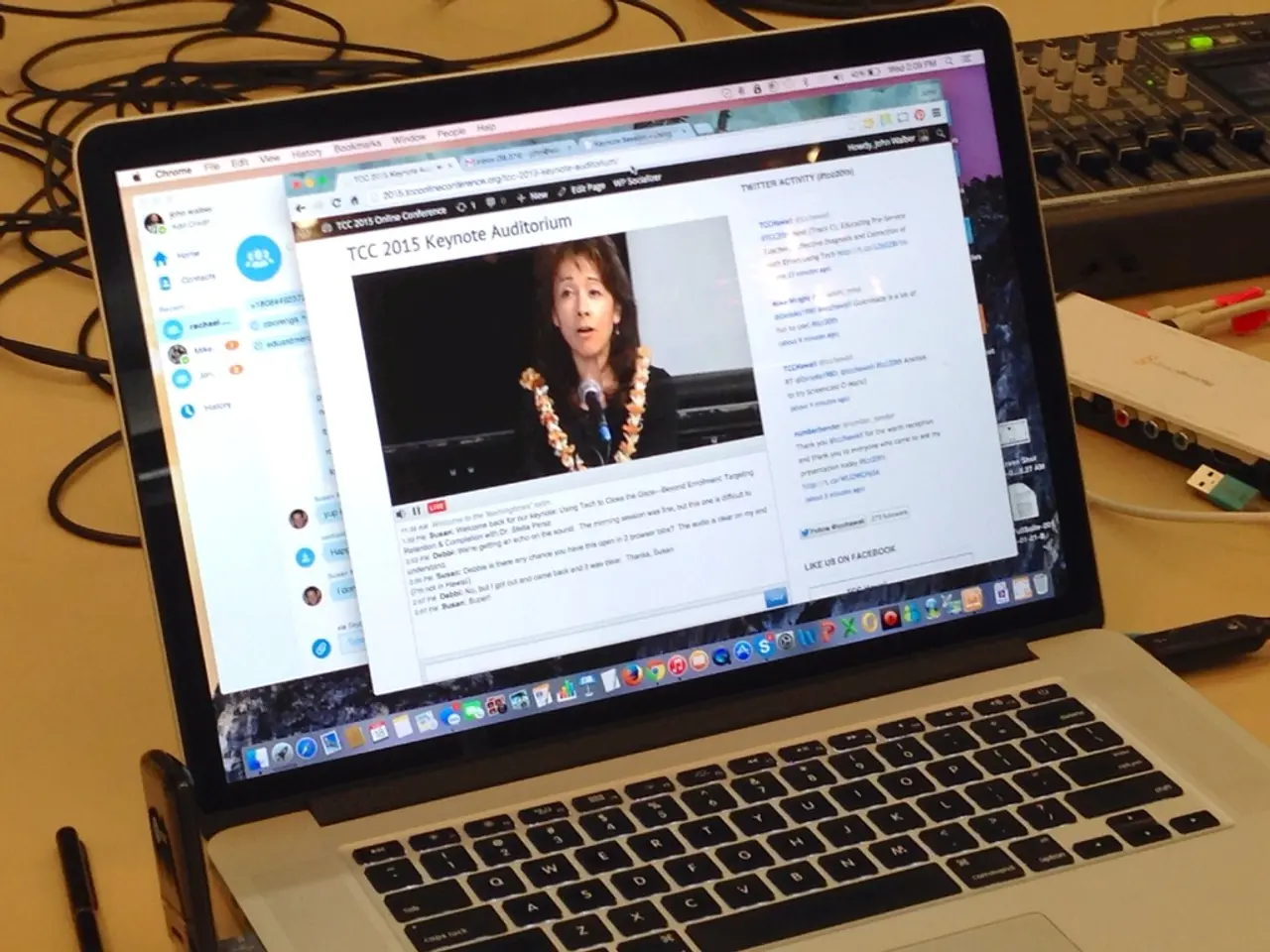Rapid Implementation of regulations for establishing data centers accelerated by PJM
In response to record-setting price spikes in recent capacity auctions and tight supply-demand conditions, PJM Interconnection, the operator of the grid and wholesale power markets in 13 Mid-Atlantic and Midwest states and the District of Columbia, has launched the Critical Issue Fast Path (CIFP) initiative. This initiative is designed to address urgent power supply and interconnection challenges posed by the rapid growth of data centers and other large electric loads within PJM's footprint.
Context and Need
PJM serves northern Virginia, home to Data Center Alley, the largest data center hub in the world. The significant increase in requests for interconnections from data centers and large industrial customers has raised concerns about resource adequacy—the ability to meet demand reliably. These large loads can create local capacity shortfalls and stress the transmission system. The urgency comes from the mismatch between the time needed to study and approve interconnections and the fast pace at which load growth is occurring.
Critical Issue Fast Path Initiative Details
The CIFP is designed to streamline and expedite the interconnection process for projects deemed critical due to their impact on resource adequacy. It focuses on early identification of critical transmission constraints and potential solutions associated with large, near-term interconnections. The process aims to accelerate transmission planning and upgrades needed to support these large loads while maintaining reliability. It involves collaborative efforts between transmission owners, PJM planners, and stakeholders to fast-track necessary system reinforcements.
PJM evaluates alternatives such as advanced grid technologies, targeted transmission enhancements, and possibly generation resource additions.
Resource Adequacy in the 2028/2029 Base Capacity Auction
To ensure resource adequacy for the delivery year 2028/2029, PJM is proposing a range of solutions in conjunction with the CIFP, including:
- Incorporating new generation resources and demand response that specifically address areas of heavy load growth.
- Enhanced transmission projects identified through the fast path planning to relieve constraints and improve capacity deliverability.
- Refining capacity accreditation methodologies to properly account for the contribution of intermittent and grid-enhancing technologies.
- Encouraging energy storage and distributed energy resources to support peak loads and provide flexibility.
PJM seeks to optimize the balance between generation capacity additions and transmission upgrades in a cost-effective manner. The auction’s capacity requirements are adjusted based on the latest load forecasts, anticipated interconnection timelines, and planned infrastructure improvements identified through the CIFP.
Summary
The Critical Issue Fast Path initiative is PJM's dedicated effort to accelerate the resolution of transmission and resource adequacy challenges arising from large data center interconnections and other big loads. It involves fast-tracking transmission planning and upgrades, coordinated stakeholder engagement, and integration of newer resource types.
For the 2028/2029 base capacity auction, PJM is advancing a mix of generation, transmission, and demand-side solutions designed to reliably meet increased load while maintaining grid stability.
Stakeholders will be able to discuss the board's proposed scope for the initiative at the Aug. 18 meeting. The initiative follows a workshop PJM held on May 9 to explore issues surrounding the development of large loads in the grid operator's footprint. The proposed rules could be in effect for PJM's 2028/2029 base capacity auction, scheduled for June.
The onrush of demand has created significant upward pricing pressure and raised future resource adequacy concerns. Any proposal must take into account proper coordination between PJM and the parties that enter into contracts and agreements with large load customers, as well as PJM states and affected customers.
According to Data Center Map, the area has nearly 250 data centers and 130 that are under development. PJM's system peaked at approximately 153 GW last year. Power plant developers encounter challenges such as siting and permitting hurdles, and supply chain backlogs.
The PJM Interconnection has initiated a fast-track process to develop rules for interconnecting data centers and large loads. The focus is on developing reliability-focused solutions that allow large loads to be integrated rapidly and reliably regarding resource adequacy. The board has asked stakeholders to consider existing resource adequacy tools, such as demand response and options for large load customers to bring new power supplies to meet their electricity needs. The proposed rules could be in effect for PJM's 2028/2029 base capacity auction, scheduled for June.
- In light of the rapid growth of data centers and large industrial customers within PJM's footprint, there is an urgent need to address resource adequacy concerns and integration challenges, particularly with regard to finances and energy.
- To ensure a reliable and stable power supply in response to the growing demand from large loads, PJM is proposing a mix of generation, transmission, and demand-side solutions in the technology and business sectors, incorporating advanced grid technologies, targeted transmission enhancements, and encouraging energy storage and distributed energy resources.




